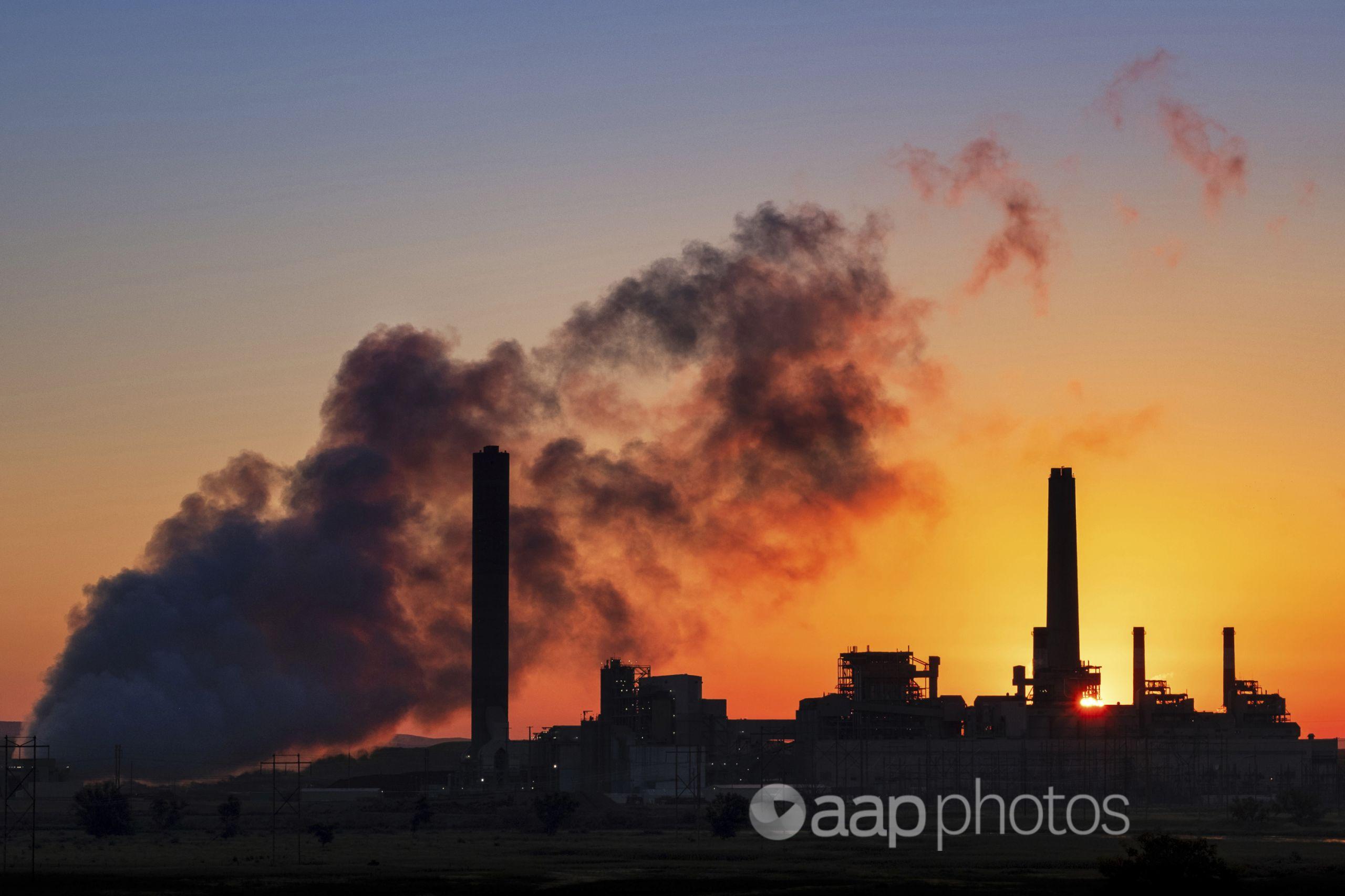AAP FactCheck Investigation: Is New Zealand using more coal because of the government’s offshore oil and gas exploration ban?
The Statement
“The oil and gas exploration ban, what did that do, actually, our coal use has now gone up so now we’ve got more coal being used instead of natural gas to actually create electricity.”
Judith Collins, National Party leader, September 30, 2020.
The Analysis
National Party leader Judith Collins says the government’s efforts to combat climate change have backfired and New Zealand is using more coal as a result of its offshore oil and gas exploration ban.
In April 2018, the Labour-led government announced it would not issue any new permits for offshore oil and gas exploration. The policy became law in February 2019.
During the Newshub Leaders’ Debate on September 30, Ms Collins said the policy had resulted in an increase in carbon emissions. (Video mark 1hr, 8min, 30secs).
“The oil and gas exploration ban, what did that do, actually our coal use has now gone up so now we’ve got more coal being used instead of natural gas to actually create electricity,” Ms Collins said.
AAP FactCheck examined Ms Collins statement that coal use had gone up and more coal is being used to generate electricity instead of gas, as a result of the government’s offshore oil and gas exploration ban.
The Ministry of Business, Innovation and Employment (MBIE) publishes figures on coal consumption, which do not show an increase in coal consumption after the ban became law.
Quarterly MBIE figures show coal consumption declined by 27 per cent between the December 2018 quarter – before the oil and gas exploration ban came into effect – and the June 2020 quarter (table 1).
As the quarterly figures fluctuate a lot, AAP FactCheck also looked at annual figures.
Figures for the year to June 2020 show coal consumption declined by three per cent between 2018 and 2020, from 1,157,243 tonnes to 1,153,579 tonnes.
MBIE also reports quarterly on the make-up of New Zealand’s electricity generation (table 1).
Figures for the year to June show coal-powered electricity generation increased by 51.6 per cent between 2018 and 2020, from 1261GWh to 1912GWh.
The figures also show gas-powered electricity generation declined by 10.3 per cent, from 6,354GWh in 2018 to 5,701GWh in 2020.
However, MBIE’s annual report on the energy sector said the increase in coal-powered generation was due to lower hydro electricity generation as the result of a dry year and maintenance at NZ’s largest gas field, which reduced the supply of gas (page 14).
“Electricity generation from coal increased by 43 per cent in 2019,” the report said. “This was due to the need for non-renewable generation as a result of less favourable hydrological conditions, and gas outages meaning that there was less gas available for electricity generation use.” (page 14)
The report does not mention that the oil and gas exploration ban has had an impact on the supply of gas. It shows gas production is expected to increase in the near future before steadily declining (page 43, Fig E.7).
The Parliamentary Commissioner for the Environment (PCE) investigated the impact of the government’s oil and gas exploration ban and noted that the recent increase in coal-powered generation was “not because of the ban” (page 40).
It found that, in future, a reduction in gas supply for electricity generation could result in more coal being used as it is currently the cheapest substitute (page 40). But it said “coal is unlikely to play a role in New Zealand’s electricity sector for much longer” due to the Emissions Trading Scheme and coal being phased out by major generators (page 41).
It found New Zealand’s remaining gas reserves would probably be sufficient for intermittent electricity generation when hydro dams are low “for several decades to come, albeit at a higher cost than at present” (page 39).
National Party energy and resources spokesperson Jonathan Young made similar claims about the government’s oil and gas exploration ban in September which he later admitted was “completely wrong”.

The Verdict
AAP FactCheck found the statement that coal use has gone up and more coal is being used to generate electricity as a result of the government’s offshore oil and gas exploration ban to be mostly false.
Overall, coal consumption has declined since the ban came into effect, but Ms Collins was correct that coal-powered electricity generation has increased and gas-powered generation has decreased.
However, this does not appear to be the result of the government’s offshore oil and gas exploration ban.
MBIE said coal-powered generation increased because the hydro dams were low during a dry period and maintenance at a major gas field caused a reduction in the supply of gas.
The Parliamentary Commissioner for the Environment also found the increase in coal-powered generation was not because of the oil and gas exploration ban and New Zealand had enough reserves for electricity generation for several decades.
Mostly False – The claim is mostly false with one minor element of truth.
* AAP FactCheck is accredited by the Poynter Institute’s International Fact-Checking Network, which promotes best practice through a stringent and transparent Code of Principles. https://aap.com.au/
All information, text and images included on the AAP Websites is for personal use only and may not be re-written, copied, re-sold or re-distributed, framed, linked, shared onto social media or otherwise used whether for compensation of any kind or not, unless you have the prior written permission of AAP. For more information, please refer to our standard terms and conditions.

















